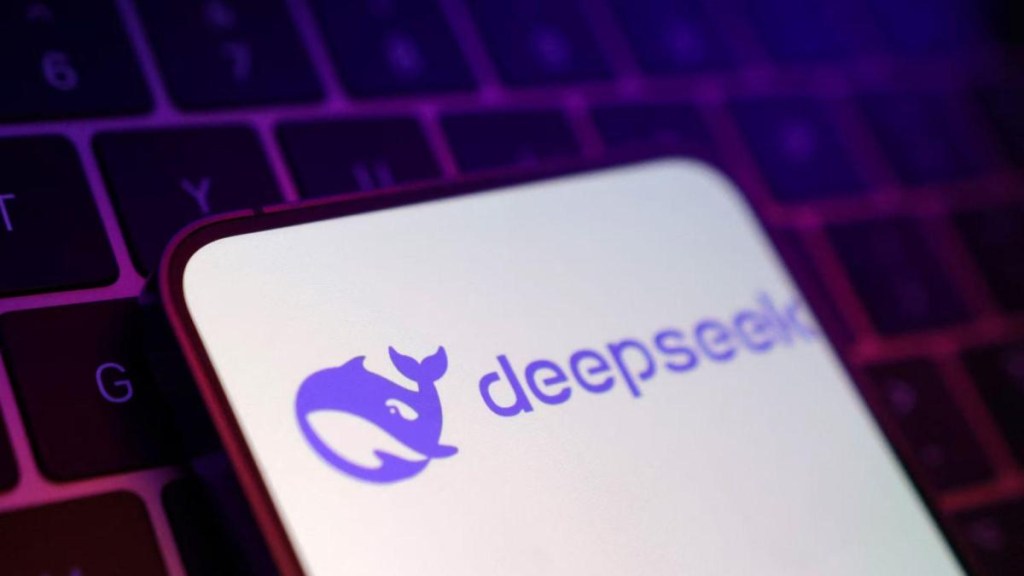Liang Wenfeng hasn’t graduated from any of the fancy Ivy League universities, nor does he work in one of the storied Big Tech names. Yet, this Zhejiang University graduate has shook up the generative artificial intelligence (AI) ecosystem, prompting even Donald Trump to treat the two-year-old DeepSeek as a wake-up call. For once, there can be no debate over Trump’s messaging. The Chinese local language model (LLM) maker’s launch of its reasoning model R1 last week has challenged not just the dominance of players like OpenAI but has also questioned America’s supremacy in the global AI race. For an industry built on the belief that scale is king, DeepSeek may be representing the start of a new era — one in which innovation, rather than sheer resources, determines success.
In the process, it has hurt existing tech monoliths where it hurts the most by pushing the boundaries of cost efficiency and scalability. Its models are designed to operate with lower computational requirements, making them more accessible to smaller enterprises and start-ups. Consider this: DeepSeek claims it has created the model within two months and with a training cost of less than $6 million. Compare this with the $100 million that OpenAI reportedly spent on training its GPT-4 model. The R1 model, in fact, offers developers, researchers, and organisations seeking AI solutions $0.55 per million input tokens and $2.19 per million output tokens. This is simply unbelievable, given that OpenAI charges $15 per million input tokens and $60 per output token. In addition, DeepSeek’s models are open-source and therefore free of charge to a host of users.
DeepSeek’s emergence as a frugal innovator should give hope to countries like India and its tech ecosystem to build their own AI models. For generations, we have heard of India’s reputation as a frugal innovator and so, it’s time to get out of the fringes. Liang has been vocal about China’s need to innovate rather than imitate, claiming that the real gap between Chinese and American AI lies in originality. Our desi tech gurus have also been claiming the same and it’s high time they put their noble thoughts into action. There is no denying that Indian industry currently is very service-oriented and the focus is more on implementing technology. On its part, the government needs to lend the industry a helping hand as the key lies in fostering a supportive ecosystem for innovation, providing adequate funding, and cultivating a risk-tolerant mindset among researchers and entrepreneurs.
Of course, one needs to be careful as the openness also comes with risks. Making such a powerful model freely available raises concerns about misuse. Concerns have been voiced about the potential security implications for the open-source models. Many have said that DeepSeek’s open-source nature opens it up for exploration — by both adversaries and enthusiasts. Due to its cost-effectiveness, various products and companies will adopt DeepSeek, which potentially carries significant privacy risks. The regulators and the developers thus have their task cut out. The former will have to create a framework that fosters innovation while mitigating risks through adequate guardrails, and the latter should focus on building efficient and ethical AI solutions that address real-world problems. But this should not be used as familiar excuses to keep delaying the changes that are necessary. DeepSeek has just told us AI can be a tool for everyone — not just the few with billions to spend.
